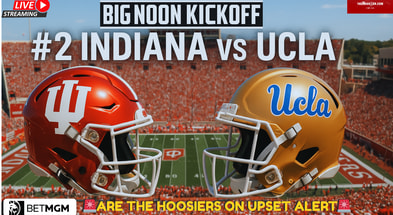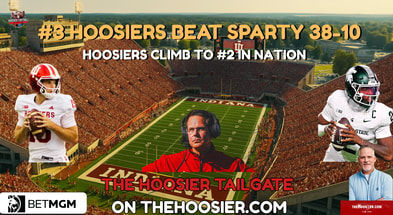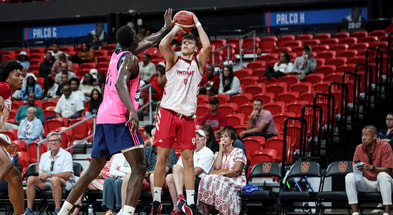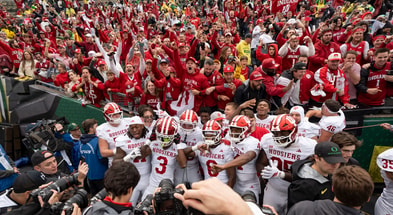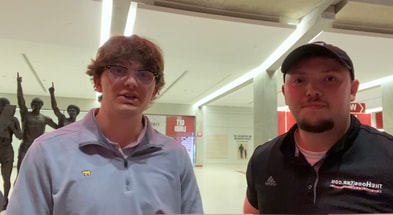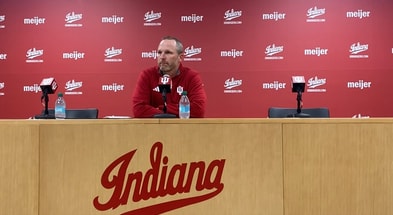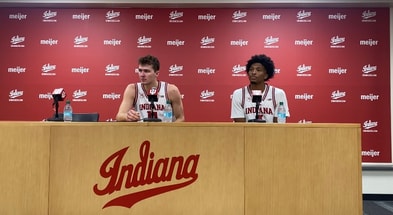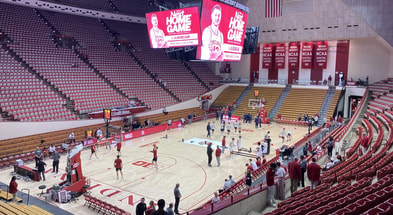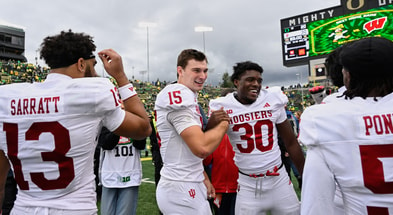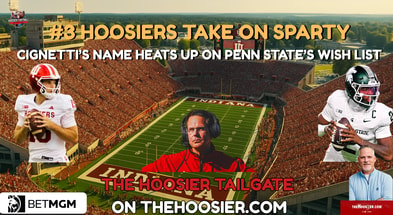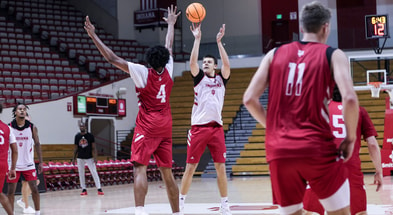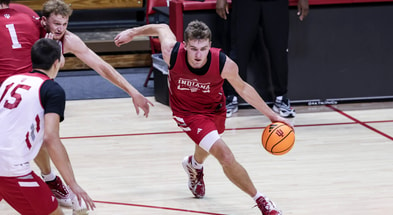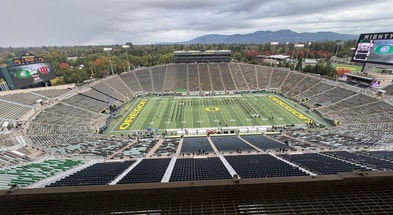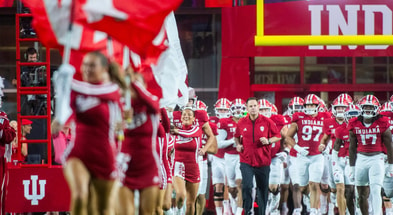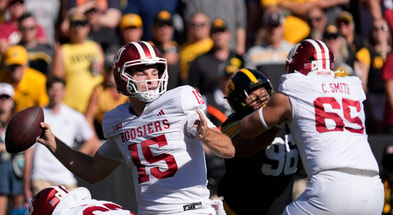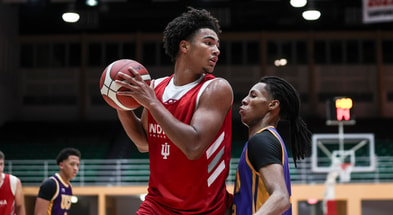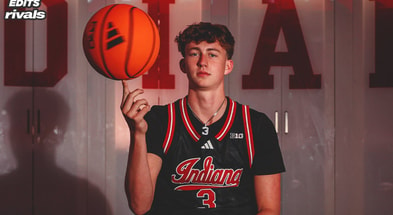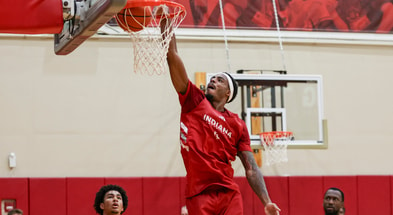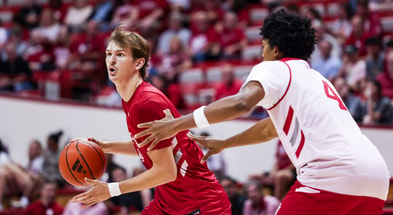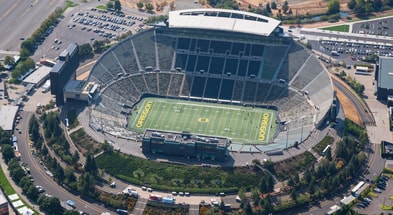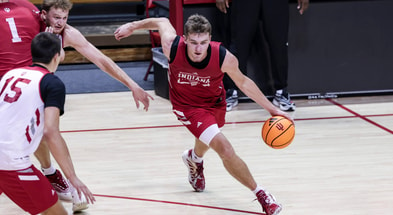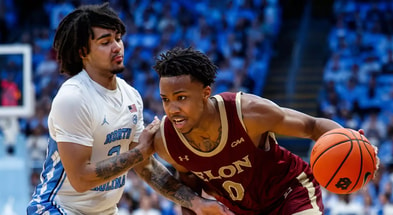Judge approves House settlement: What does it mean for Indiana?
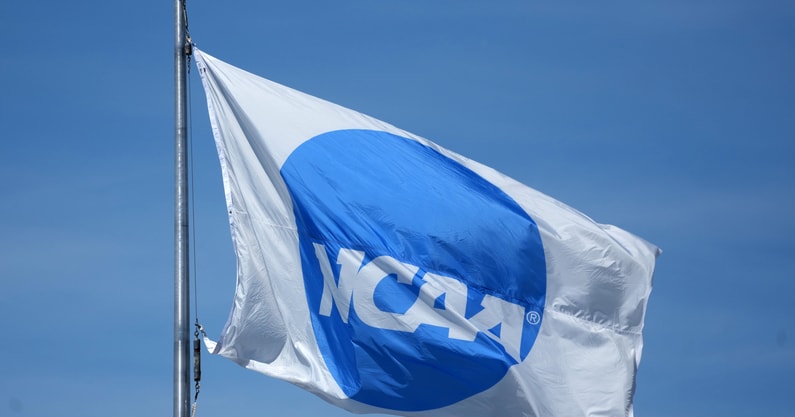
After 59 months of deliberation regarding the House v. NCAA court case and years of ongoing debate over whether to pay college athletes directly, we finally have some clarity. U.S. District Judge Claudia Wilken officially approved a 76-page settlement between the two sides, drastically changing the college sports landscape.
While it obviously changes how every school is able to pay its athletes, what does the house settlement mean specifically for Indiana — in particular, its football and men’s basketball programs?
First, let’s take a look at what is included in the house settlement:
- Only directly affects the Power Four conferences (ACC, Big 12, Big Ten, SEC), while non–Power Four teams will have the option of opting in or out of the settlement at any time.
- Schools in the Power Four — or those that opt in — will be capped at 22% of the average revenue between all Power Four programs for revenue sharing. (This is estimated to be about $20.5 million for 2025–26.)
- Schools can allocate this $20.5 million however they see fit, although the vast majority is expected to go to football. There are no Title IX protections for revenue sharing.
- Beyond the revenue-sharing money, athletes can still earn more through NIL deals via collectives or private arrangements, but all deals must be approved by a new oversight committee called “NIL Go.”
- NIL approval or denial will be determined based on whether the deal falls within a “reasonable range of compensation,” and this process will be overseen by Deloitte, one of the largest accounting firms in the world.
- If Deloitte rejects a deal, it can be re-submitted with modifications. If the amended deal is again rejected, the athlete may appeal via court-overseen arbitration.
- Also created is the College Sports Commission, an agency that will enforce settlement terms — including revenue sharing, NIL compliance, and roster size limits.
- There will no longer be any limits on scholarships, but roster sizes will be capped (e.g., 105 for football, 15 for basketball). This effectively eliminates traditional walk-ons in college athletics.
- As part of the settlement with former athletes, a pool of $2.8 billion has been reserved for athletes who played in 2016 or later. Eligible athletes must apply to join the class to receive their portion of the settlement.
There are more nuances to each of the bullet points listed, but for the most part, that’s what you need to know about the changes brought by the house settlement.
This leads into the main question: How will it affect Indiana? Well, just like every other Power Four school, IU will be bound by every single rule listed above. That means it will begin paying players directly while also maintaining NIL payments through Hoosiers Connect.
Because NIL payments will have to be approved by NIL Go and Deloitte, Indiana may not be able to pay players as much as it has in previous years. But this is where revenue sharing comes into play. If Deloitte deems a player’s NIL deal too large, Indiana can make up the difference from its $20.5 million revenue-sharing pool.
This becomes tricky when deciding which sports to allocate money toward. Football has the most players by a wide margin, but basketball also commands serious demand. For a university like IU, basketball is going to need more funding than most — but that could come at the expense of the football program.
Athletic director Scott Dolson has publicly stated that football is the primary moneymaker for the athletics department. That’s certainly true, but with the basketball craze that defines Indiana, it wouldn’t be a shock if the Hoosiers become one of the biggest spenders on the hardwood.
“We need to be relevant in football. We need to make sure we get that momentum because it drives the engine for the whole department. Certainly men’s basketball speaks for itself as well, particularly here at Indiana, but football is really, really critical” Dolson said last September.
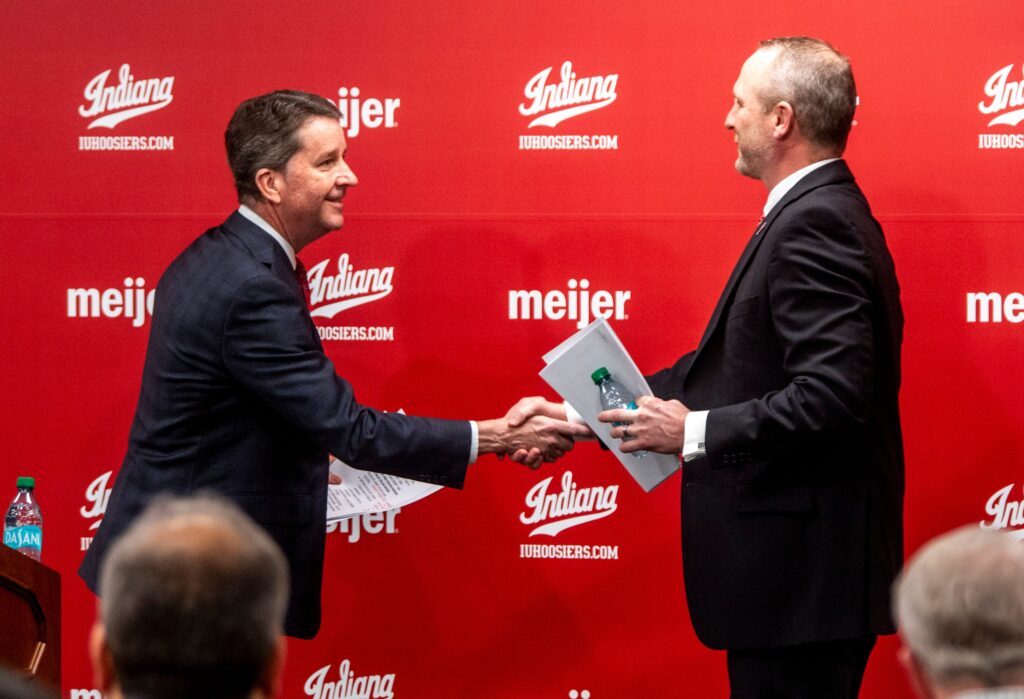
Because of Dolson’s emphasis on football success, Indiana should remain one of the top spenders in both basketball and football, but again, it will all depend on what Deliotte and NIL Go accept. If certain players can’t get their NIL deals through, that $20.5 million will have to be shared between programs.
Top 10
- 1New
Diego Pavia
Vandy QB going at NCAA
- 2Hot
Vitello parting shot
Vols legend fires at Kiffin
- 3
Arkansas Coaching Search
Latest intel & names to know
- 4Trending
ESPN blackout looms
YouTubeTV standoff
- 5
Greg McElroy
Reveals 'insane' A&M at LSU take
Get the Daily On3 Newsletter in your inbox every morning
By clicking "Subscribe to Newsletter", I agree to On3's Privacy Notice, Terms, and use of my personal information described therein.
That means, year to year, the athletic department will need to come to a consensus on how money is allocated. You might even see Coach Curt Cignetti and Coach Darian DeVries working in tandem to get the best possible value for their programs.
That brings me to the next question: Will it help or hurt Indiana? There’s only one real answer — no one truly knows.
While these rules are meant to be fully followed and enforced, we’re entering an entirely new era in college athletics. It’s uncharted territory, and we should expect the unexpected.
I’m not necessarily saying programs will break the rules left and right without consequence, but enforcement could prove difficult in certain areas.
Indiana has proven that it can compete in the new age of college sports — especially on the football side — so Hoosier fans shouldn’t worry about the house settlement being passed.
It’s an interesting time in college sports. The first year under the new regulations will tell us a lot. But as for Indiana and its programs, performance on the court or field will still take precedence. No matter what happens financially, games will still be won and lost on the field of play.
Not yet a member of TheHoosier? Take advantage of our launch with On3 and join our community! Just $1 for your FIRST MONTH and then 50% off the rest of your FIRST YEAR! Join here.
